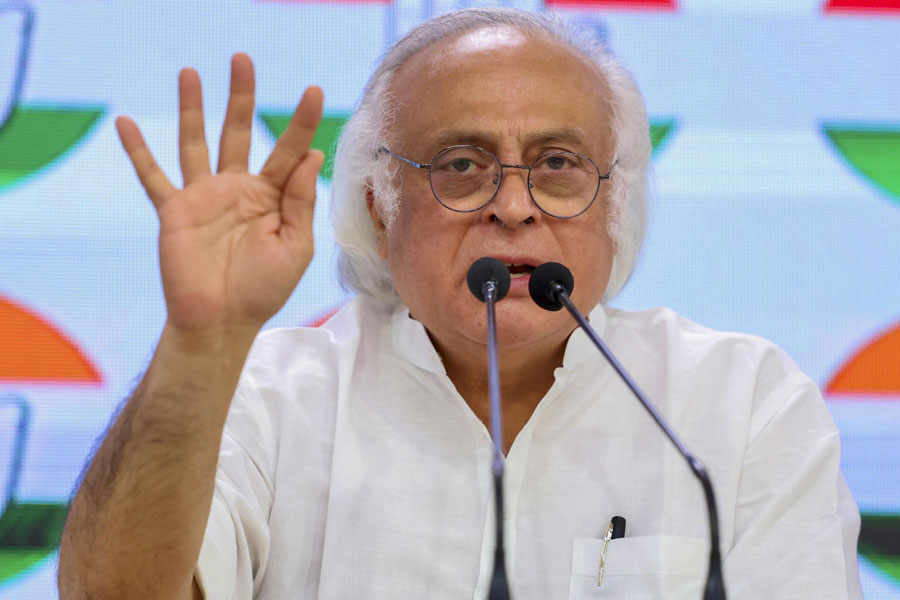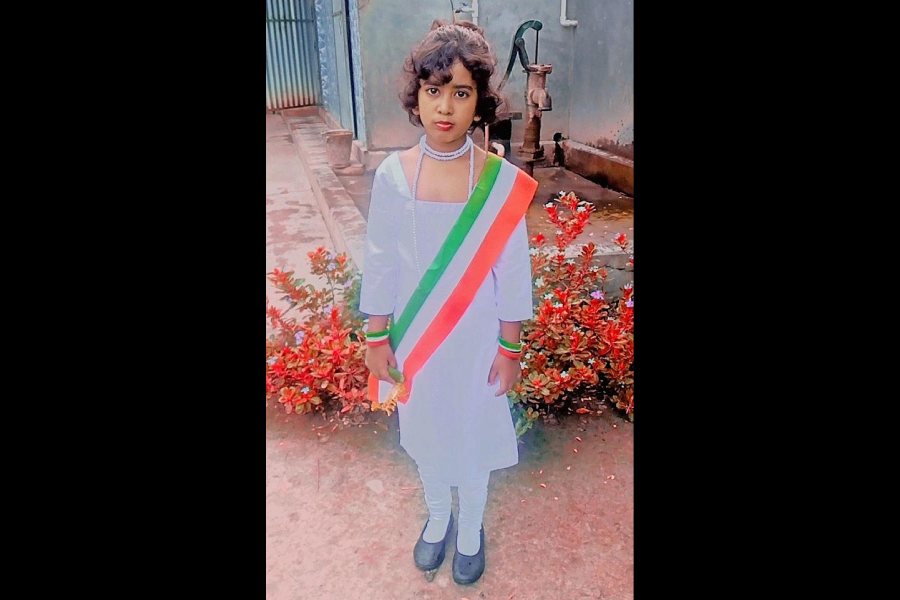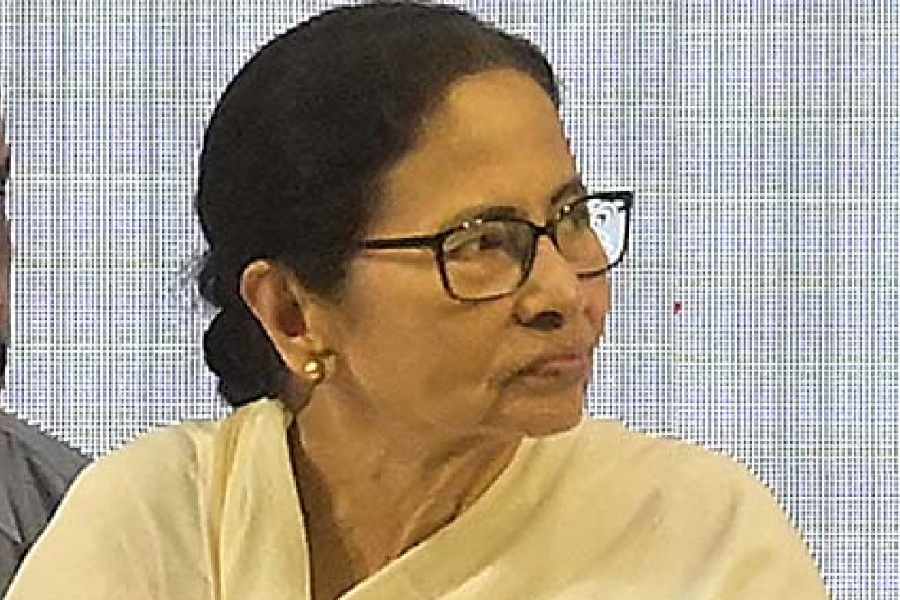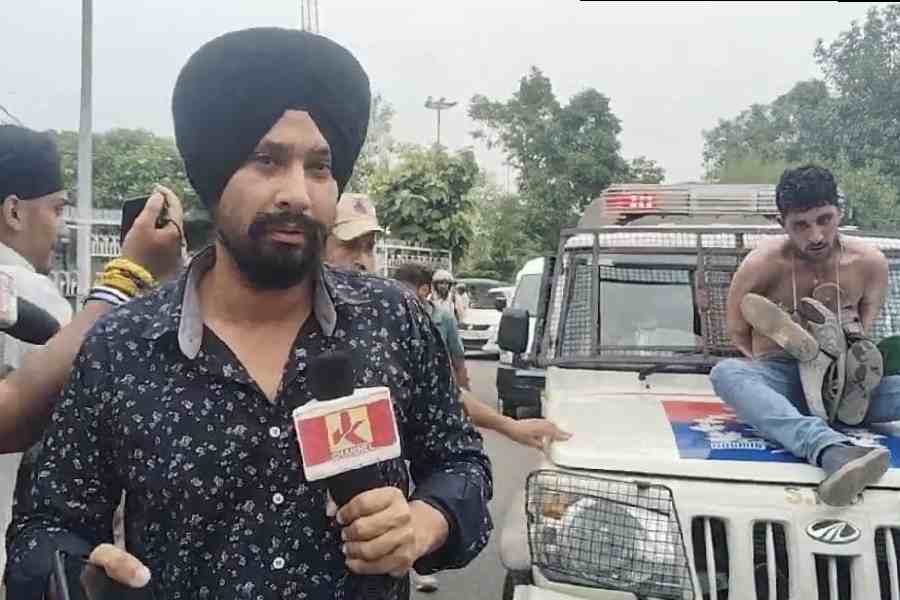Come Wednesday and temple art will take on a whole new meaning, with the city’s most celebrated sacred address in Kalighat deciding to open its doors to a painting exhibition for the first time in its 195-year-old history.
The natmandir will house paintings by artist Tamal Krsna, who has persuaded the temple authorities to let him use the space for his first solo exhibition: Kali, The Mother.
“On May 28, 1899, Sister Nivedita had delivered a lecture on the temple premises. It was not a religious talk but focussed on the form of the Kali figure, which was quite a revelation. This inspired me to host my show at the temple itself,” says the 35-year-old art college graduate.
The temple committee met after Krsna submitted the proposal and decided to allow art to be exhibited under the arches. “We have given permission for three days, leaving out the two grand puja days, Saturday and Tuesday. The exhibition is in the afternoon, when the crowd is thinnest,” says secretary Pradyot Haldar. The paintings will otherwise be kept covered in cloth and bubble paper.
“There are no major prohibitions in the temple, other than a bar on taking photographs or filming of sacrifices and the idol itself,” adds treasurer Jagadish Haldar, recounting how a film crew had shot on the compound some six months ago.
If the “homage to Sister Nivedita’s holy speech” provides the occasion, the temple as setting (“places of worship have been traditional nurseries of art since time immemorial”) synergises with Krsna’s subject — “folk rituals and religious practices”. But the paintings will not be iconic, as he specialises in the non-figurative mode.
Twelve of the natmandir’s 16 arches will have paintings placed under them. Two, providing an unobstructed view of the deity, and another two on the sides, vital for crowd movement, will be left free. The paintings will be accompanied by texts on Kali from a variety of literature — Tagore’s Balmiki Pratibha to Shyamasangeet — and all of it will be in translation. “A lot of the visitors to the temple are non-Bengalis,” points out the artist, who has priced his paintings at Rs 35,000 and Rs 70,000 to reach out to the art buyer.
But artist Prakash Karmakar, who tried to take art to the masses through his street exhibition in 1959 on the Sudder Street pavement, is sceptical: “In a country where no artistic awakening has taken place, such sporadic attempts can hardly lead anywhere.”










